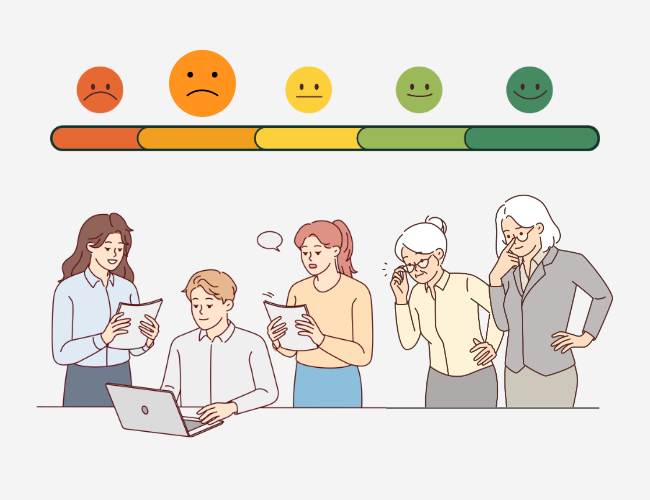Although regular meetings are a fact of life for most employees, they might be more costly than they appear. A study conducted by voice note company Otter and Steven Rogelberg, a professor of organizational science at the University of North Carolina in Charlotte, found that meetings cost companies millions of dollars a year in wasted hours.
Zapier, a productivity company, decided to combat this unproductive spending with an experiment to go meeting-free for an entire week. Dubbed the Get Stuff Done (“GSD”) week, the experiment tested whether leaning into asynchronous communication and removing live interactions would provide employees with more time for deep work and, ultimately, get more stuff done. Ellie Huizenga, Content Specialist at Zapier, recently shared her experience on the company’s blog.
The Logistics
During the GSD week, Zapier’s leadership team encouraged employees to cancel their internal meetings, including weekly team check-ins, one-on-ones, and project meetings. The team relied on other communication channels, such as Slack (chat), Asana (project management), and Coda doc (documentation). All information was gathered, consolidated, and shared asynchronously.
Employees were also encouraged to set and share personal goals publicly prior to the week to help them feel more accountable.
The Result
Ellie observed that the week gave back hours of productive time to everyone, especially for the managers at Zapier. Ellie herself spent between six and 10 hours in meetings prior to the GSD week, and managers can spend upward to half of their workweek in meetings.
“I manage a high-capacity team of six people, so Zoom calls tend to rule my calendar. The most surprising part of not having these weekly check-ins was that I actually didn’t feel disconnected from my team at all—we were all still working and communicating, just differently.
Instead of cramming tasks into my short stints between calls like usual, I was able to focus on my responsibilities that require deeper thinking, like long-term strategy, team planning, and cross-functional processes.
A week without meetings gave us space for more curiosity and experimentation, encouraging us to look at the problems we are trying to solve from a different angle. For us, a meeting-less week was far from a meaningless week.”
– Kaitlin, Zapier People Ops Manager
Zapier’s People Ops team conducted a formal survey to get a sense of how the company as a whole did with the experiment. The result showed a clear picture: GSD week was a success.
- 80% of respondents would want another GSD week in the future.
- 80% of respondents achieved their goal(s) for the week.
- 89% of respondents found communication to be about as effective during GSD week as during a typical week.
Additionally, the survey showed just how pervasive meetings were:
- 56% of participants canceled between one and five hours of meetings.
- 26% canceled between five and 10 hours.
Altogether, that added up to 1,000 – 3,000 hours of meeting time taken back for focus work in just one week.
The Takeaways
If this sounds like an experiment worth conducting, here are some tips shared by Ellie and the Zapier team for any organization interested:
- Identify goals: Setting and publicizing goals can help keep people more focused and will make it easier to measure success.
- Go asynchronous: Canceling meetings does not mean canceling communication. Establishing alternative communication channels prior to the experiment will ensure a smoother transition for all participants.
- Figure out which meetings matter: It is not reasonable to expect that all meetings should be canceled going forward. The experiment should inform teams which meetings are truly beneficial and productive and cancel or reimagine the rest.
Even when canceling all meetings is not an option, here are a few alternative and less extreme routes that can still yield more time for productive work:
- Encourage “quiet hours”: Encourage employees to block out quiet hours, or instate a formal policy for time blocks when internal meetings are discouraged.
- Make meetings as small as possible: Studies have shown that for each person over seven members in a group, decision-making effectiveness is reduced by about 10 percent. If a meeting must happen, keep it to only the people essential to the decision-making process.
- No agenda = no meeting: Meetings without an agenda should not happen. If there is no explanation for why there’s a meeting, there should not be one.
- Don’t brainstorm from scratch: Make sure attendants know ahead of time what the meeting will be on (through an agenda) and how they can prepare. The brainstorming process will be much more productive if people come with a working knowledge of the topic.












